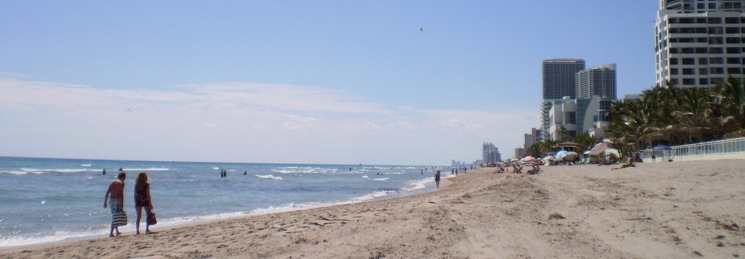
With all the predictions that this recession-flavoured holiday is to be more about "moments" and "experiences" than about "stuff", it's extra timely that Montreal's Canadian Centre for Architecture is doing a show all about actions--rather than about traditional architecture. I got to talk with co-curator Giovanna Borasi about "Actions: What You Can Do With The City" by phone earlier this week; today the National Post published our condensed interview. Click here or read on after the jump for artsy spins on playing soccer, herding sheep, eating roadkill (!) and more.
Image muf architecture/art Fake Horses Plan Real Park 2004 / photo Oliver Claridges Copyright muf architecture/art from Canadianart.ca
Take this space & love It
Leah Sandals, National Post
Published: Thursday, December 18, 2008
With recession routing our holidays, more Canadians are giving time and energy, rather than purchases, as gifts. Now, a new exhibit at the Canadian Centre for Architecture in Montreal is highlighting how actions, rather than architecture, can be a real gift to our cities. Here, exhibit co-curator Giovanna Borasi tells Leah Sandals more about Actions:What You Can Do With the City.
Q The name of your museum usually connotes buildings, like office towers and housing. Why focus on actions, which have no material form?
A In the last few years our museum has opened up this idea that architecture is not only about buildings but also about urban organization. It's touching generally on the way we live in the city.
Three years ago we did an exhibition that described the city through sound and smell, for example. This Actions exhibition has a bit of the same idea-- to look into the city considering non-building factors.
Also, this year, 50% of the world's population came to live in urban environments. In 2050, this will be 75%. So we thought it was a very important time to talk about what it means to live in a city.
Q What kinds of actions are featured in the show?
A We chose four key themes: gardening, recycling, walking and playing. And we took these as a chance to introduce 99 ideas about urban design. So recycling isn't just, "What do I do about these plastic bottles?" but, "What do we do with this building that's not being used anymore?" There's a Paris group called Coloco, and they mapped these type of buildings on a website. And there's a group in Belgium that's looking to create short-term rental contracts for buildings that are under renovation.
Q A lot of the actions in the show seem quite fun, like playing soccer in a museum plaza, or dress-up in the park. But can silly actions like that really make cities better?
A I think they can. That's one part of the show people say they find really inspiring, the fact that it opens up possibilities. Like maybe instead of paying someone to cut grass in public parks, we could bring in sheep, as they did in Turin. Or maybe this public square can be a playground. The aim is to offer different ideas for people to choose from and take into their own lives.
Still, these actions also become a critique. We have one action called freeganism, where people decide to eat only food in the garbage or on its expiration date. This action can exist only because we have a society that throws edible things away So this exhibition brings fun new ideas to people, but it also exposes the limits of the way we live.
Q Which action is your favourite?
A Well, I'm not sure I'd ever be able to do it, but I was intrigued by Fergus Brennan, who's survived near London, U. K., for one year solely by foraging. He eats only what he finds in nature, even roadkill. Again, while I couldn't do it, I think it's interesting to imagine the city as a place where you could find food rather than buy food.
Q What about the legality of some of these actions?
A This exhibition actually has a section about guerilla or "do-it-yourself" civic improvements. The interesting thing is many of these actions are right on the legal borderline. Toronto's Urban Repair Squad heard people asking for a bicycle path [and] city hall was taking a long time. So in a way they were carrying out an official function.
Similarly, a Los Angeles group called Fallen Fruit works on the law that if a tree branch goes outside a fence, it's public and the fruit that grows on it is public. They tour and harvest food from these sites. I really think such projects aren't trying to make trouble; they're trying to make the city better.
Q What do you hope people do when they leave the show?
A We have a website, cca-actions.org,where people can add their own ideas for action. Even if they don't do that, I hope that the visitor will reconsider basic elements of everyday urban life. One of the things we're doing is publishing instructions in a local homeless paper on how to make heating-vent shelters. So we're taking it out of the museum, too.
Actions:What You Can Do With the City continues to April 19 at the Canadian Centre for Architecture in Montreal. For more information, visit cca. qc.ca.
Thursday, December 18, 2008
Q&A: Giovanna Borasi on Actions at the CCA
Subscribe to:
Post Comments (Atom)

1 comment:
♞
Post a Comment